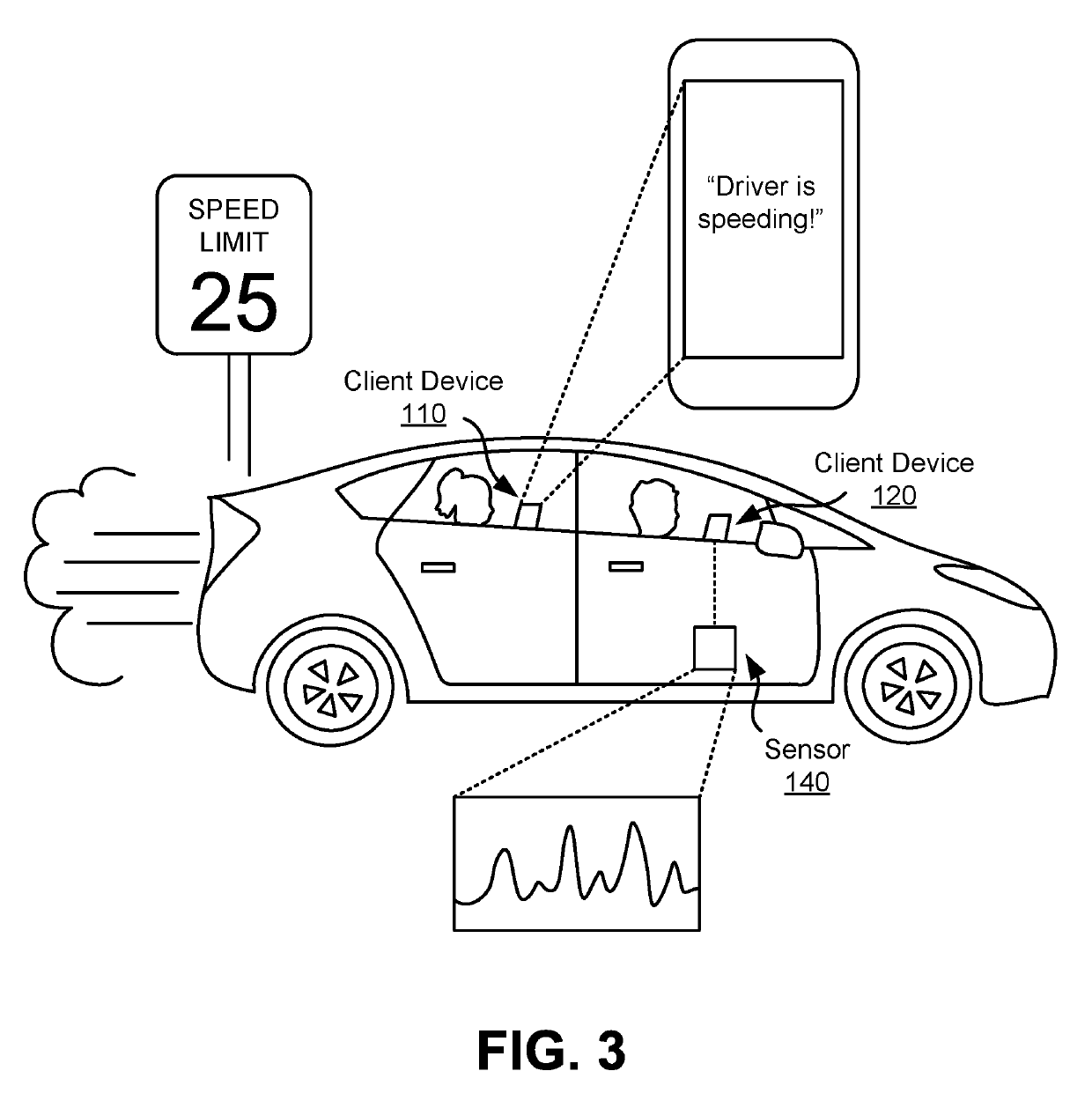Implementing and optimizing safety interventions
a safety intervention and safety technology, applied in the field of machine learning, can solve the problems of user's difficult to formulate a set of ad hoc rules accurately, and difficult to determine what measures should be used to help low-quality providers improve their service, so as to reduce the likelihood of users' unable to use the travel coordination system's services, and achieve positive interpersonal behavior
- Summary
- Abstract
- Description
- Claims
- Application Information
AI Technical Summary
Benefits of technology
Problems solved by technology
Method used
Image
Examples
Embodiment Construction
I. System Overview
[0012]FIG. 1 is a diagram of a system environment for a travel coordination system 100 according to one embodiment. Users of the travel coordination system 100 may include providers and riders. In an example use case, a provider operates a vehicle to transport the rider from an origin location (e.g., pickup location) to a destination location. The system architecture includes the travel coordination system 100, a client device 110 of a rider, a client device 120 of a provider, and one or more sensors 140. The various systems shown in FIG. 1 are connected to each other via a network 130. In other embodiments, different and / or additional entities can be included in the system architecture. The functions performed by the various entities of FIG. 1 may vary in different embodiments. The travel coordination system 100 trains models to determine safety risk classifications and predict which types of interventions are likely to help improve the quality of service provided...
PUM
 Login to View More
Login to View More Abstract
Description
Claims
Application Information
 Login to View More
Login to View More - R&D
- Intellectual Property
- Life Sciences
- Materials
- Tech Scout
- Unparalleled Data Quality
- Higher Quality Content
- 60% Fewer Hallucinations
Browse by: Latest US Patents, China's latest patents, Technical Efficacy Thesaurus, Application Domain, Technology Topic, Popular Technical Reports.
© 2025 PatSnap. All rights reserved.Legal|Privacy policy|Modern Slavery Act Transparency Statement|Sitemap|About US| Contact US: help@patsnap.com



